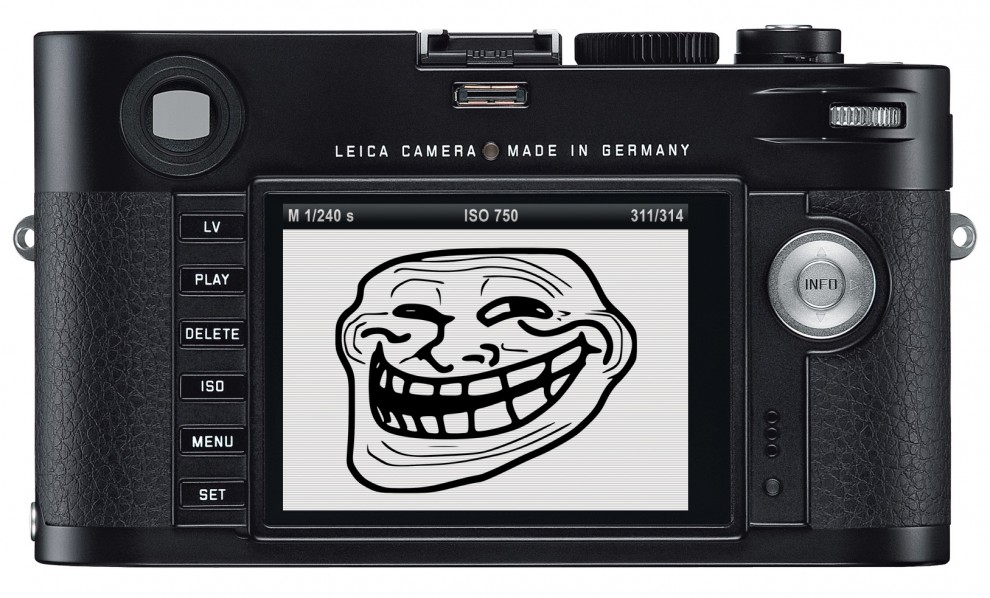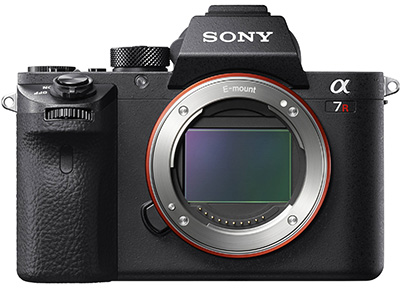Leica. Just mention the name and the haters and trolls show up to call out the brand as a glorified fashion accessory designed to separate fools from their money. But how can a company with a heritage as rich as Leica inspire such vitriol from people who typically aren’t even its customers? Is the little red dot really that offensive? Hit the jump for all the answers!
Leica In The Wrong Direction

Leica wasn’t always followed by a band of haters.
Back in the film days, the company’s rangefinder cameras and lenses were widely respected as reliable tools that produced excellent results. There’s a reason that street photographers from Bresson to Alex Webb have always shot with Leica gear. But Leica hasn’t fared so well in the digital age where they’re seen as a follower rather than a leader.
To this day, the company’s entire compact camera line is nothing more than rebranded Panasonic cameras. The Leica D-Lux (Typ 109) is just a Panasonic LX-100 with a restyled body and a red dot. And the Leica version is $400 more expensive! It’s easy to see how people view the brand as nothing more than a luxury tax. A lot of people prefer the cosmetic look of the D-Lux but few could deny that the camera itself was identical to the LX-100.
The company has recently started developing their own high end consumer cameras. But these new cameras are so similar to existing cameras that it’s easy to question the value added by Leica. Sure they’re manufactured exclusively for/by Leica but the excellent build quality and classic styling costs thousands of dollars more than a functionally similar cameras from another manufacturers.
Let’s see how this Leica tax shows up in the company’s most recent releases:
Leica T
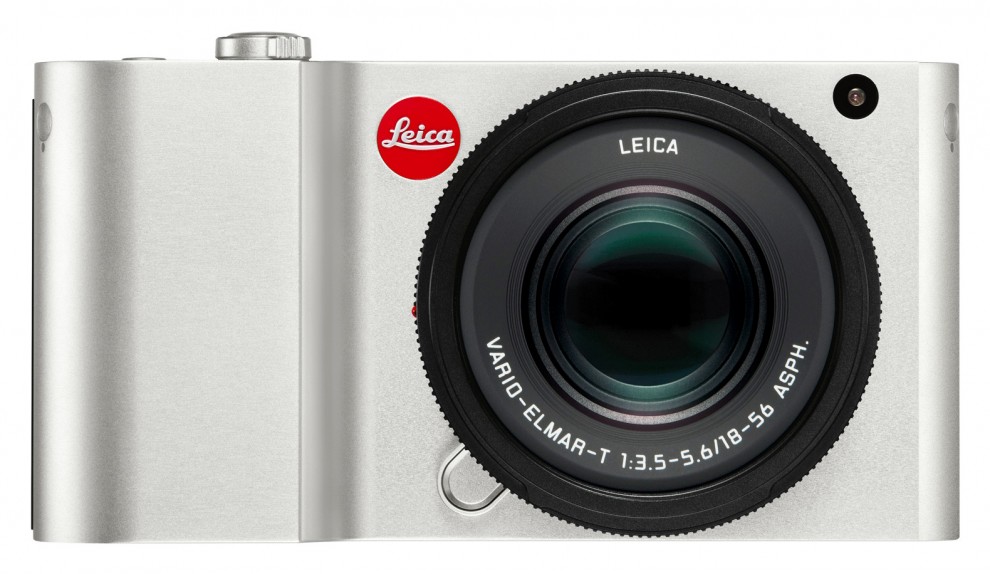
The Leica T is an interchangeable lens APS-C camera that was widely shunned by a lot of photographers. No built in viewfinder and barely average performance plagued the T from the start. The camera’s main claim to fame was the fact that a technician spent 45 minutes hand polishing each unit before leaving the factory. They even released a 45 minute video that documents the painfully boring process in glorious detail.
The Leica T does have outstanding build quality and you can tell the second you hold one that it’s a good thing. But it’s hard to justify the price (currently $3168 USD at B&H for Leica T body and kit lens) when the Leica T reminded so many people of an interchangeable lens version of the Ricoh GR II.
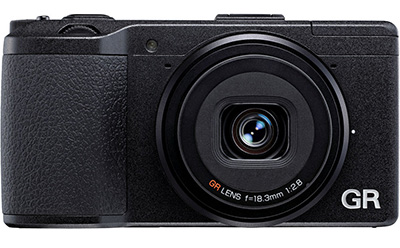
Ricoh’s admirable little shooter is a street photography gem that used used by tons of shooters including Chris Farling and the venerable Eric Kim. It’s small size and street photography friendly features like snap focus that allows you to quickly zone focus the compact APS-C camera’s lens.
The Ricoh GR II is $569.95 at B&H so you can buy nearly 6 of them for the price of a Leica T and kit lens.
Leica Q
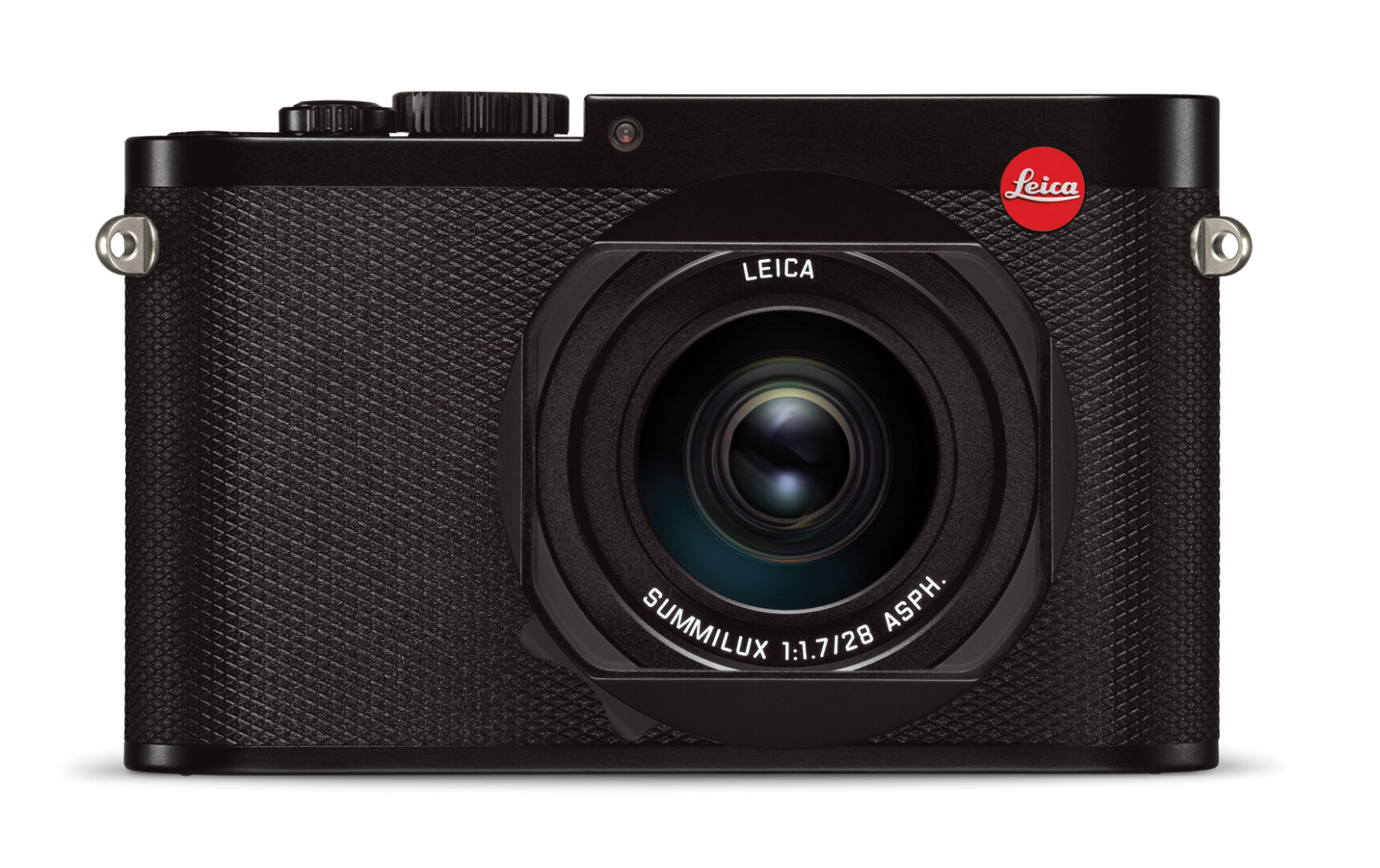
The Leica Q’s full frame sensor, Summilux 28mm lens, built in EVF and incredible build quality make it seem like a street photographer’s dream camera. But the $4250 USD price tag means it’s out of the reach of most of us. The camera has a beautiful EVF and lightning fast auto focus but when I look at the Q I can’t help but think that it’s just an upscale Fuji X100T.
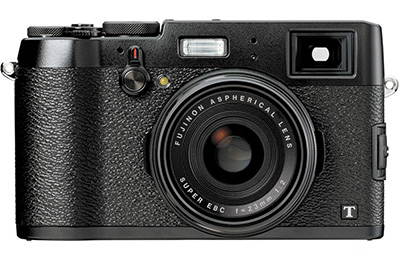
Fuji’s X100 line of cameras have been embraced by street photographers since day one because of their retrotastic good looks, small size and quiet operation. They feature a hybrid OVF/EVF which is as close as you’re going to get to shooting with a rangefinder without going to a Leica M. The X100T is an excellent little shooter that’s the main camera of Jack Simon and a host of other street photographers.
The Fuji X100T is $1099.95 at B&H so you can buy nearly 4 of them for the price of a Leica Q.
Leica SL
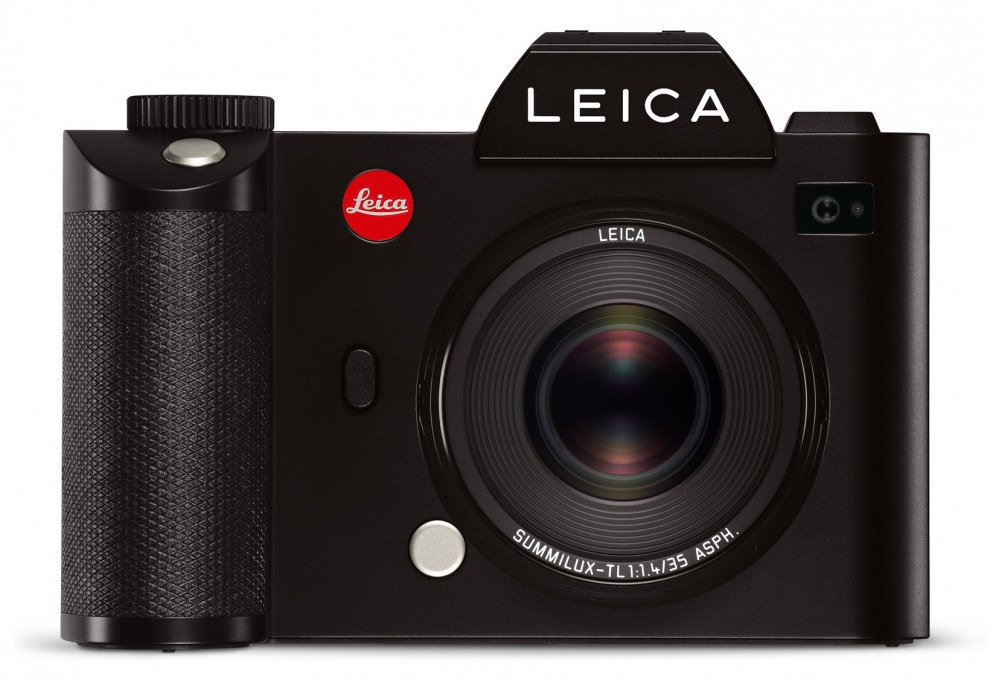
Oh, don’t even get me started on this one. The Leica SL appears at first glance to be the company’s take on the Sony a7R II. Only it’s bigger and clunkier. And half the resolution. And $8000 for the body. Leica says the SL was designed for the needs of professional photographers but apart from a rather impressive 4K EVF, the specs for the SL read like a mid-level DSLR from 6 years ago.
So why not just get a7R II to start with?
The Sony a7R II is everybody’s choice for 2015’s camera of the year for good reason. Its 42MP sensor is an amazing achievement alone but when you throw in a beautiful EVF, in camera image stabilization and a redesigned body with a larger grip then you’ve got a camera that’s a game-changer. Street photographers love the small size and excellent low light performance and the Sony a7R II is on just about everyone’s wish list.
The Sony a7R II is $3198 at B&H so you can grab two of them with lenses for the price of one Leica SL body.
In all three cases, Leica created a camera that gives you the ability to use a Leica instead of an existing camera. Almost as if they saw the demand for cameras from other companies and made a camera that was similar but “Leicafied”. Built to Leica standards with beautiful materials and craftsmanship but similar enough in function as to make you question if the build quality alone is worth the difference in price.
Leica In The Right Direction
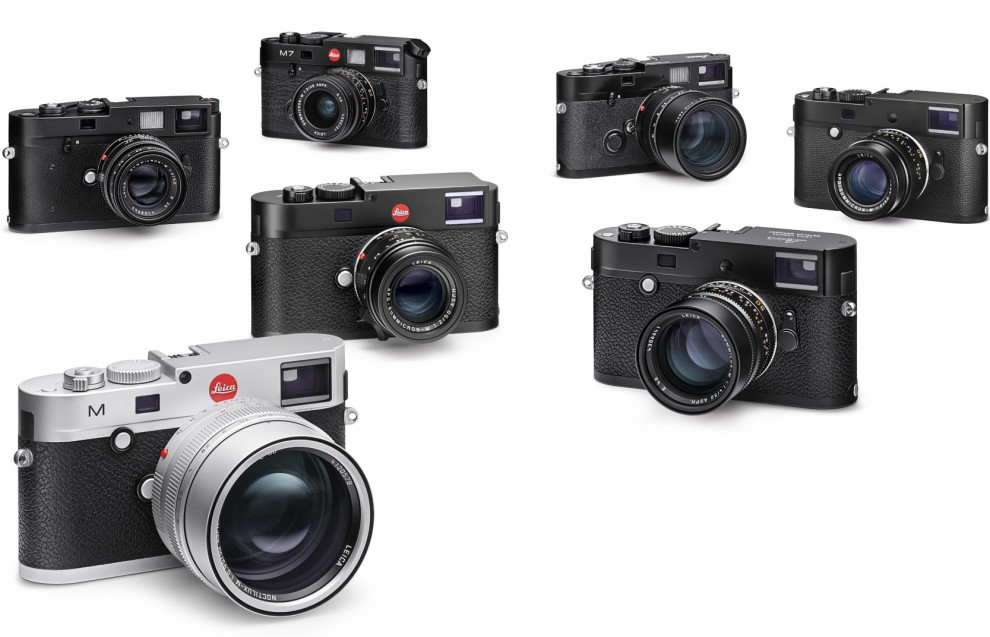
Leica excels when it’s creating its unique products that serve the needs of photographers in very specific ways. Whether it’s the Monochrom M 242 which creates files that pop with an almost 3d image quality or the 50mm Summicron APO lens that’s so good it’s considered the best 50mm lens ever manufactured. These products lessen the blow of the increased price because they are in themselves unique.
New Leica M (Typ 262)
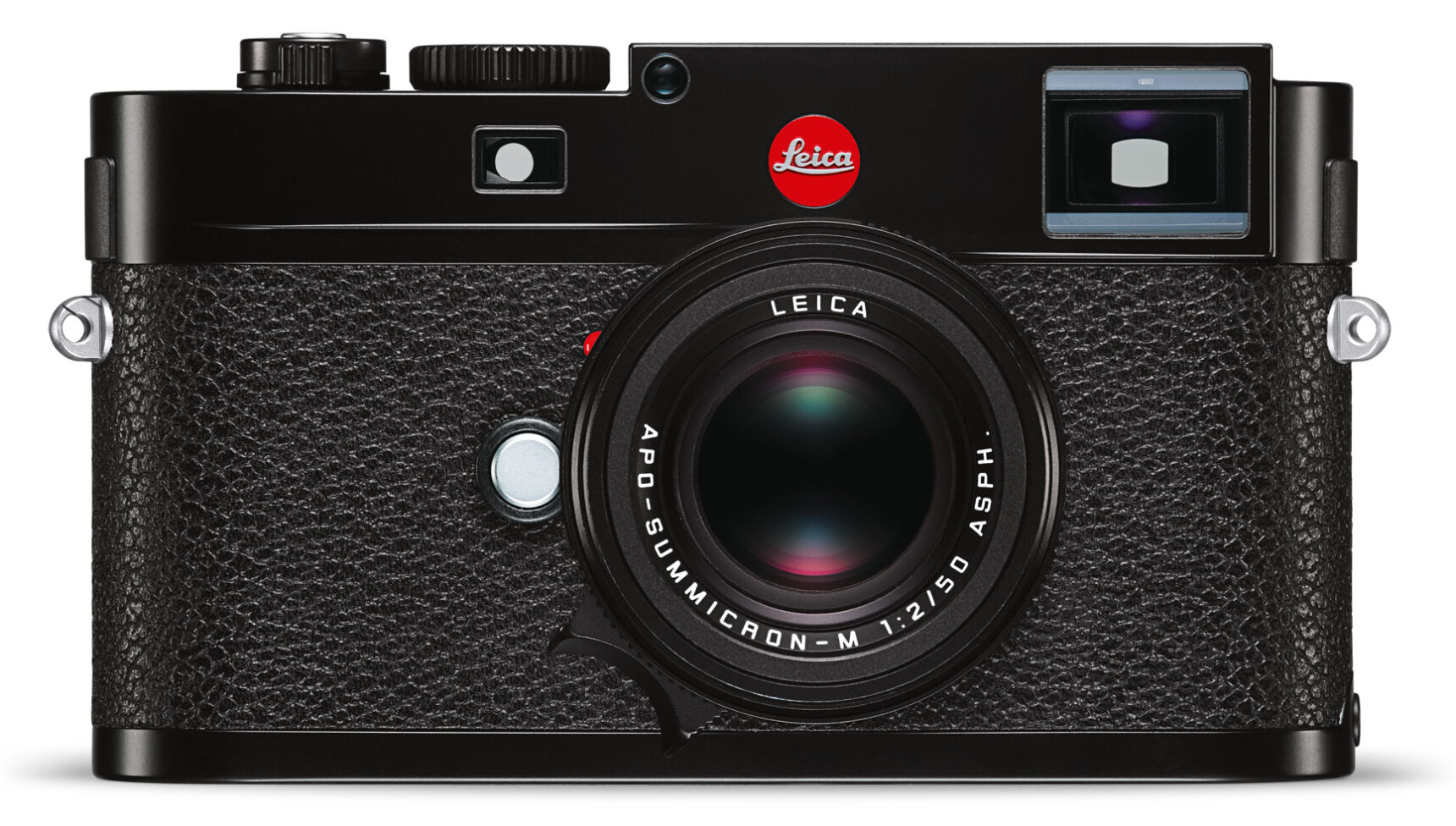
The new Leica M 262 is basically a stripped down M 240. Gone are the video functions and external EVF that nobody used. And the brass top plate has been replaced with an aluminum version that’s 100 grams lighter. Throw in a quieter shutter mechanism and you’ve got a street shooter’s camera from the ground up. It’s a pure rangefinder experience and the what the M 240 should have been in the first place. And it’s nearly $2000 less than the M 240!
The Leica M 262 sells for $5195 and is avaialable from your favorite online retailer:
Leica M (Typ 262) at B&H.
Leica M (Typ 262) at Adorama.
Leica M (Typ 262) at Leica Store Miami.
I see Leica as a company divided at this point. You have the high end consumer devices like the T, Q and SL cameras – all of which seem to be a direct response to consumer demand for cameras from other manufacturers. And then you have the venerable M line of cameras that do one thing very well but don’t really fit the market’s desire for constantly changing technology.
By removing all the video features and releasing a digital rangefinder that just takes pictures Leica is drawing a virtual line in the sand and showing their iconic and anachronistic M series of cameras have a place beside their high end consumer devices. As long as Leica continues to refine and enhance the M then photographers who prefer function over style will have the right tool for the job. Let’s just hope that happens!
StreetShootr’s Take
To be fair, Leica’s problem is an issue with the photo industry at large. The entire industry is consumer driven and features always look better than usability when a camera is sitting on a store shelf. The trick is to separate the wheat from the chaff and find the tools for your own photographic style. I believe that you should always get the best camera you can afford and if you can afford a Leica then go for it. I’m just not convinced some of the newer releases live up to the heritage of the Leica name.
On first look, the new Leica M 262 looks like a great camera but you still have to wonder if it’s going to do the job better than cameras costing thousands less. No camera will make you a better photographer but I sure do like shooting with my Leica M. :)
What’s your take on Leica’s latest cameras? Top of the line gear for top of the line images? Or more hyped up crap that only rich dentists will buy? Post your ideas in the comments below and keep the conversation going!

